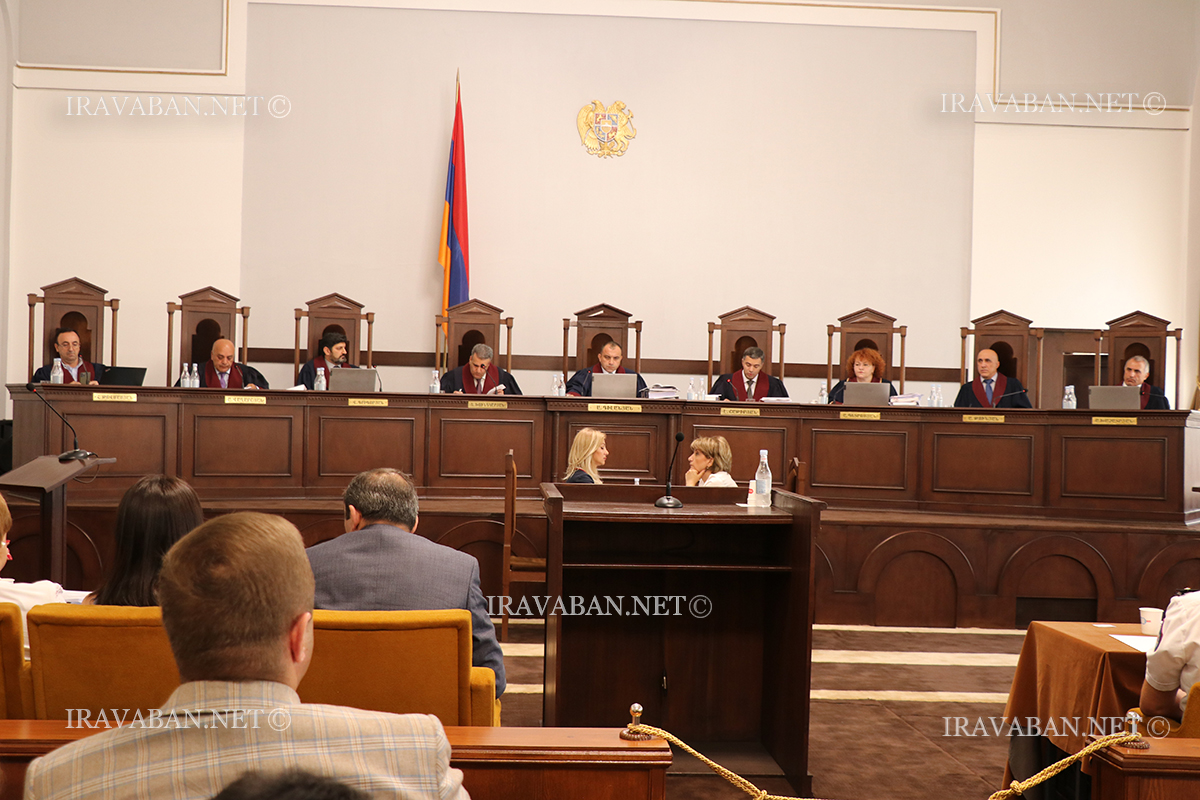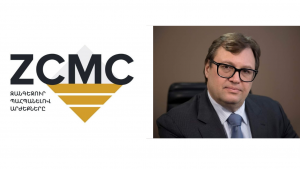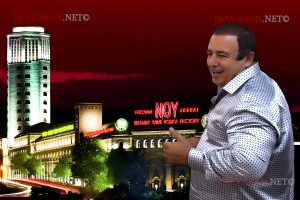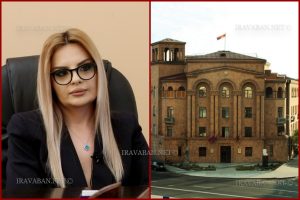During the examination of the applications to challenge the results of the June 20 extraordinary elections in the Constitutional Court today, on 12 July, the representative of the Prosecutor’s Office Karen Bisharyan said:
“I would like to refer to the political forces in a little more detail, the applicants emphasized arguments about calling for apparent violence during the campaign of one political force. Realizing very well that this court does not discuss the issue of legality of decisions made by criminal prosecution bodies, but, nevertheless, there is a problem with the public perception of the issue. I want to detail that the public should not get the impression that the criminal prosecution bodies are hiding behind their own decisions.
In my speech, I mentioned the international standards that must be taken into account in assessing whether the spoken word is in the sphere of protection of free speech, whether it is a political word or not, and, finally, whether it provokes violence or not?
I would like to draw the court’s attention to one circumstance; the applicants have generously used the term “call for violence”. The fact that the statements had a criminal legal significance was presented to the court. But we must not forget that even if a statement is made before the High Court, for example, about the inevitability of coercion, not any coercion is violence. There is a simple explanation: any violence is coercion, but any coercion is not violence.
Therefore, if there is talk of legal coercion, then there can be no talk of violence. We assess the issue from a criminal legal point of view, taking into account the status of the people who made the calls or expressions, without exception all the calls made by the leaders of the political forces participating in the elections.
The second important circumstance is the context of the announcements. In this regard, I would like to emphasize the fact that the applicants do not address, perhaps deliberately do not address, but in all those statements made by the Civil Contract leader during the election campaign, the idea that the hammer was a symbol and all this is aimed at establishing a dictatorship of law.
In these conditions, I think it is obvious that the context of the word does not refer to violence at all. It may refer to coercion, but let me return to my previous thought that any coercion is not violence. Coercion can be legal, coercion can be legal. And if the context of the assessment of the speech had been fairly assessed by the applicants, I think it was possible to come to the clear conclusion that the context of the assessment referred exclusively to illegal manifestations, to give a legal assessment adequate to the legal manifestations.”
It should be reminded that “Armenia”, “I have the Honor”, “Awakening” and “ Armenians’ Homeland” parties are disputing the election results. Their applications are considered in a single joint case.
Judge of the Constitutional Court Edgar Shatiryan has been appointed rapporteur on the case. The respondent is the CEC, the body that records the election results. Related defendants are the RA Prosecutor’s Office, the Police and the Television and Radio Commission.















